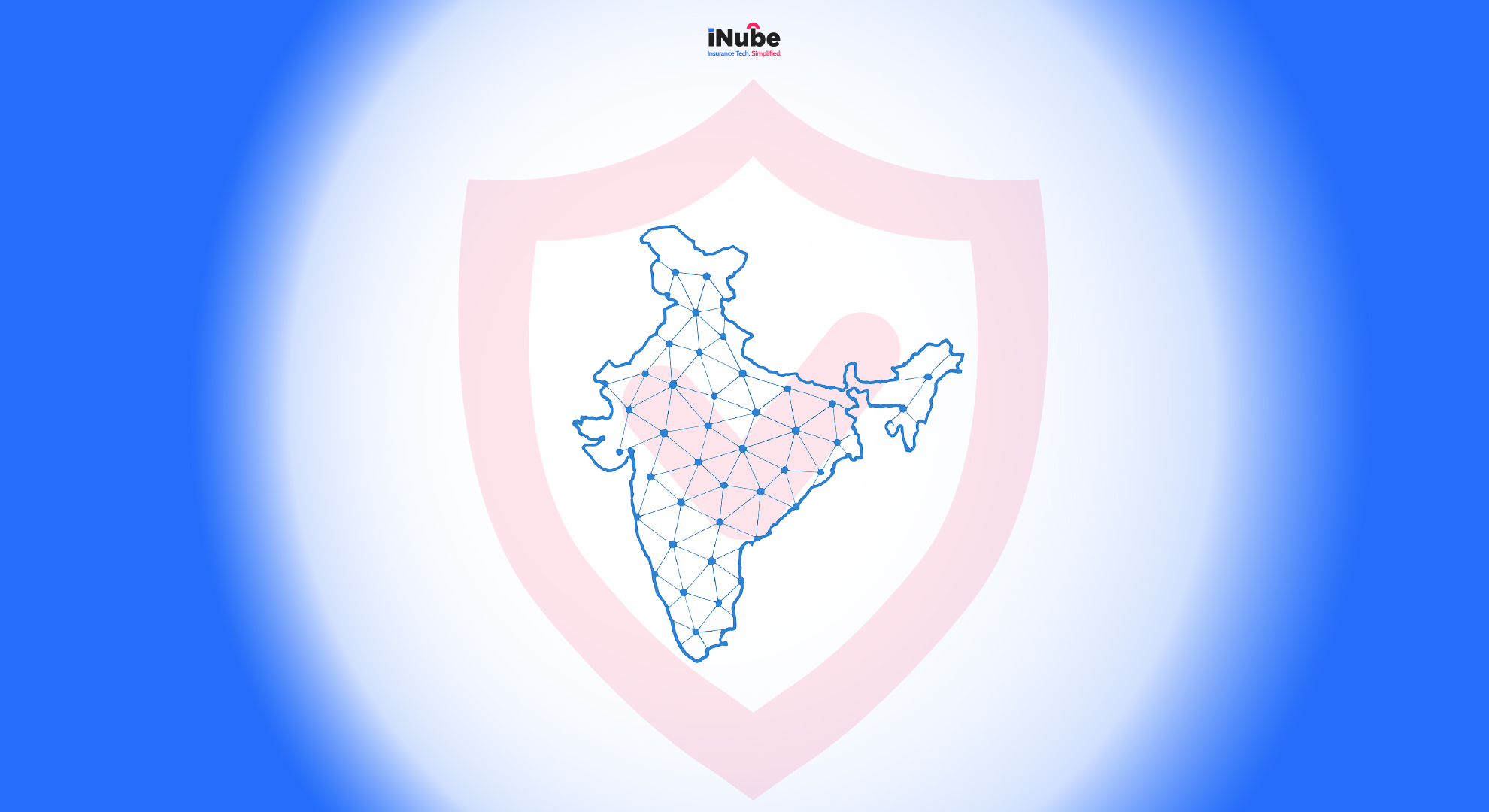Imagine a scenario fifteen years back where buying insurance felt like a task, with heaps of manual work and endless piles of paper. Fast-forward to 2025, and the scenario is not the same – from document verification to policy issuance, everything is done digitally, and in fact, all within minutes. This is the shift being caused by the Digital Public Infrastructure (DPI), which acts as the foundational layer that enables secure, interoperable, and scalable digital services across different sectors.
In India, the journey of digital infrastructure essentially began with Aadhar, the world’s largest digital identity program, which has offered over 1 billion people with verifiable identification. This also essentially includes those who cannot read or write. The introduction of Aadhar in India laid the first step towards digital insurance distribution, which makes customer onboarding faster, smarter fraud detection, and also rural access possible.
The Steady Increase of A Connected, Digital-Ready India
As the insurance distribution landscape started to see a change with technology, the success of Digital infrastructure in Insurance became inseparable in the country’s rapid digital adoption. The broadband subscriptions in India saw a rapid surge from 99 million in 2015 to 944 million in 2025 — almost a tenfold increase. While 85.5% of households now own at least one smartphone, and 99.5% of youth use UPI for payments.
This connectivity has resulted in creating a fragile ground for the digital-first insurance distribution, which is seamlessly enabling everything from micro-insurance products for the rural communities to the omnichannel insurance platforms for the urban customers.
How the Digital Public Infrastructure is Shaping the Insurance Industry?
The digital public infrastructure is not just about modernizing or transforming the services; it’s rather about redefining the insurance value chain- right from insurance distribution to claims. With the integration of the digital identity verification, instant payments, and the interoperable data systems, the industry can leverage and get the right benefits, which include:
Instant Premium Collections and Claims Payouts
One of the most significant benefits of the digital public infrastructure is the instant premium collections and the claims payouts. The UPIs’ real-time settlement capabilities essentially mean premiums can be collected seamlessly, and the claims can be disbursed instantly to the policyholder’s bank account. For the disaster-affected regions, this is the speed that will make the difference between recovery and financial ruin.
Streamlined Onboarding and KYC
With the Aadhar-enabled KYC, the insurers will be able to seamlessly onboard the customers in minutes and not days. This is essentially important in the rural as well as semi-urban markets, where the physical document verification was once a barrier to insurance penetration. This is the speed that will not only improve the customer experience but will also reduce the acquisition costs.
Data-driven Risk Assessment and Fraud Prevention
With the secure API frameworks and the Account aggregator ecosystem, the insurers will be able to verify income, health, and transaction records in real-time. This significantly helps in reducing claims fraud, improves underwriting accuracy, and also the pricing policies in a much fairer manner.
Personalization and Micro Insurance
The interoperable systems significantly allow the insurers to craft the hyper-personalized insurance products, right from health cover to the embedded travel policies, which will be based on the actual customer usage patterns. This also makes insurance much more affordable and relevant to the underserved demographics.
Expanding the Distribution via the Digital Channels
With the digital public infrastructure, the insurers are empowered for omnichannel insurance distribution, which allows the insurance agents, bancassurance partners, and the digital marketplaces to sell policies using the same infrastructure. This also means that an insurer will be able to reach the remote areas without having any heavy branch investments while also expanding its footprint cost-effectively.
Strategies for Insurers to Use Digital Public Infrastructure Effectively
For insurers, just having a digital public infrastructure is not enough; it’s a strategic market need. Here’s how insurers can use digital public infrastructure effectively:
Investing in Low-Code No-Code Platforms
The digital public infrastructure would work best when insurers can quickly adapt to the new market needs. The low-code no-code insurance platform allows insurers to launch new products, integrate with third-party data sources, and also modify workflows quickly without large development cycles.
Building DPI-Native Products
Instead of upgrading the existing offerings, the insurers can utilize their tech stack in designing digital-first insurance products that use eKYC for onboarding, UPI for payments, and also API integrations for policy servicing. For instance, on-demand travel insurance can be activated with a QR scan at the airport.
Strengthening Fraud Detection with AI and DPI Data
By combining the digital public infrastructure’s verified data streams with AI-powered analytics, the insurers will be able to build advanced fraud detection models that essentially flag anomalies in real-time, from duplicate claims to falsified identities.
Focusing on Customer Education & Trust
While the digital public infrastructure will be accelerating the process, insurers need to ensure that they are offered embedded insurance right at the point of customer engagement. The digital public infrastructure essentially ensures that the integration is secure, seamless, and scalable.
What’s Ahead?
Digital Public Infrastructure is not just about technology adoption, but it’s more about reimagining the very promise of Insurance. For insurers, the question does not stop at whether to embrace digital public infrastructure or not, but how boldly they can leverage it to create products, partnerships, and experiences that redefine customer trust.

Archismita Mukherjee
Insurance Content Analyst


